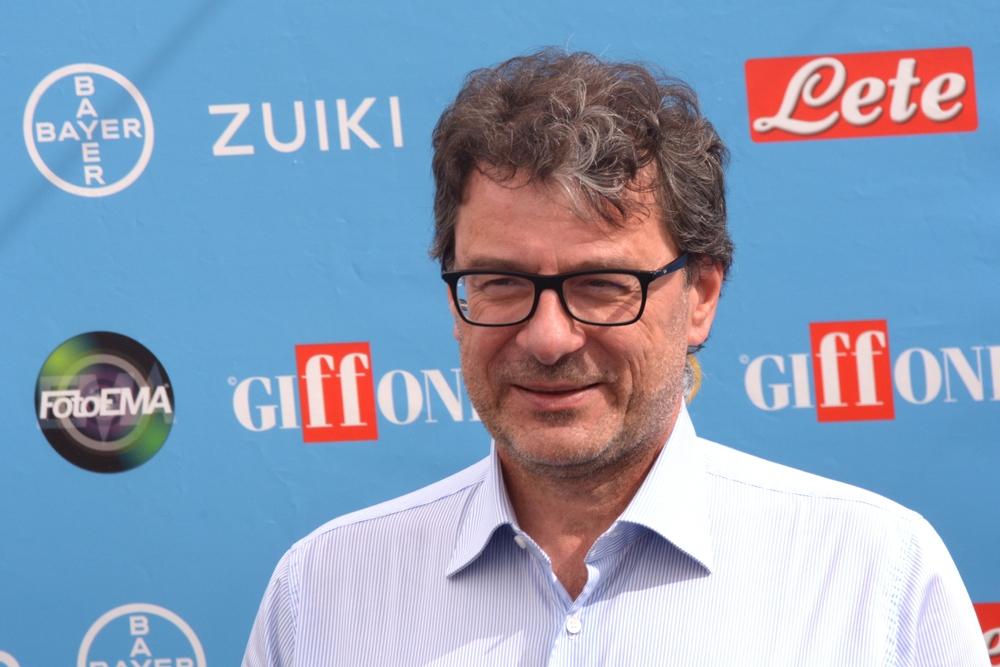One of the most discussed themes in Italy’s upcoming budget bill is the additional funds allocated to the National Health Service (NHS) for 2025, which has long been facing resource shortages. Contrary to the declarations made by government officials and the expectations set by Health Minister Orazio Schillaci, the figures presented were significantly lower than anticipated. Until Tuesday, estimates suggested around €3.5 billion would be earmarked for the next year. However, when the Programmatic Budget Document was released on Wednesday morning—an abbreviated version submitted to the European Commission— the actual additional funding was revealed to be less than €900 million. This revelation sparked outrage among opposition parties and various associations representing the healthcare sector.
The confusion arose from the government’s weeks-long assertion that funds for healthcare would come from a contentious tax on banks’ “extra profits” and an increase in insurance taxes, supposedly generating €3.5 billion. Yet, this tax may not even materialize as an actual levy, and the projected amount is intended to be disbursed over two years. According to the Programmatic Budget Document, it has been split with approximately €900 million allocated for 2025 and €3 billion for 2026, which will likely include additional funds from other sources.
There seems to have been a significant accounting misunderstanding. Reports suggest that even Minister Schillaci may not have been aware of this distribution, as he publicly discussed a figure around €3.5 billion solely for 2025 in previous days. Shortly after the Cabinet approved the budget draft on Tuesday evening, both Transport Minister Matteo Salvini and Prime Minister Giorgia Meloni took to social media to express satisfaction at the government’s ability to refinance healthcare with billions from the measures on banks and insurance.
Later on Wednesday, the Ministry of Economy clarified the extent of the new funding in a statement. The €900 million figure, amounting to 0.04% of the gross domestic product (GDP), is aimed at financing net salary increases for medical staff, which will total €1.245 billion gross. This represents the overall amount earmarked this year for 2025, in addition to the €1 billion already anticipated for 2023 from the previous budget law. In total, this brings the additional funding for the NHS to €2.3 billion, raising the National Health Fund from €134.1 billion to €136.4 billion in 2025.
With the new government funds, the total will exceed €143 billion, accounting for approximately 6.3% of the projected GDP for the next year—an inadequate figure that falls short of the European average. Healthcare associations, medical professionals, and industry observers have expressed disappointment not only with the amount allocated but also with the decision to distribute a significant portion of these funds in 2026. This postponement delays the financing of the anticipated hiring plan for over 30,000 new medical and nursing staff, as well as all initiatives aimed at increasing their salaries.
The Italian healthcare system has been struggling long before this government took office. The OECD, which monitors the economies of Western countries, publishes an annual report on member nations’ healthcare systems. The latest report for 2022 indicates that Italy spent 6.8% of its GDP on public healthcare (approximately €2,208 per capita), compared to France’s 10.3% of GDP (€3,996 per capita), Germany’s 10.9% (€5,085 per capita), the UK’s 9.3% (€3,409 per capita), and Spain’s 7.3% (€2,041 per capita). Not only does Italy spend less than the most efficient countries, but it also falls below the average of the evaluated European nations, which is about 7%.
The situation has worsened compared to 2022. The Structural Budget Plan, a new public finance document required by reforms of European budgetary rules, shows that in 2023, public healthcare expenditure dropped to 6.2% of GDP, with a slight increase projected to 6.3% in 2024, a level the government has decided to maintain for 2025 with the new allocations. From 2026 onwards, it remains unclear what will happen: the Structural Budget Plan anticipates that healthcare spending relative to GDP will decrease again to 6.2%, but this estimate does not account for the interventions outlined in this budget law.
Meloni has repeatedly claimed that she has brought the National Health Fund allocation to a historic high, a claim she made once again this time. While this is true in absolute terms, it is essential to note that healthcare spending has struggled to keep pace with the general growth of the economy, the metric needed to assess how much of a country’s annual income is dedicated to funding healthcare.

